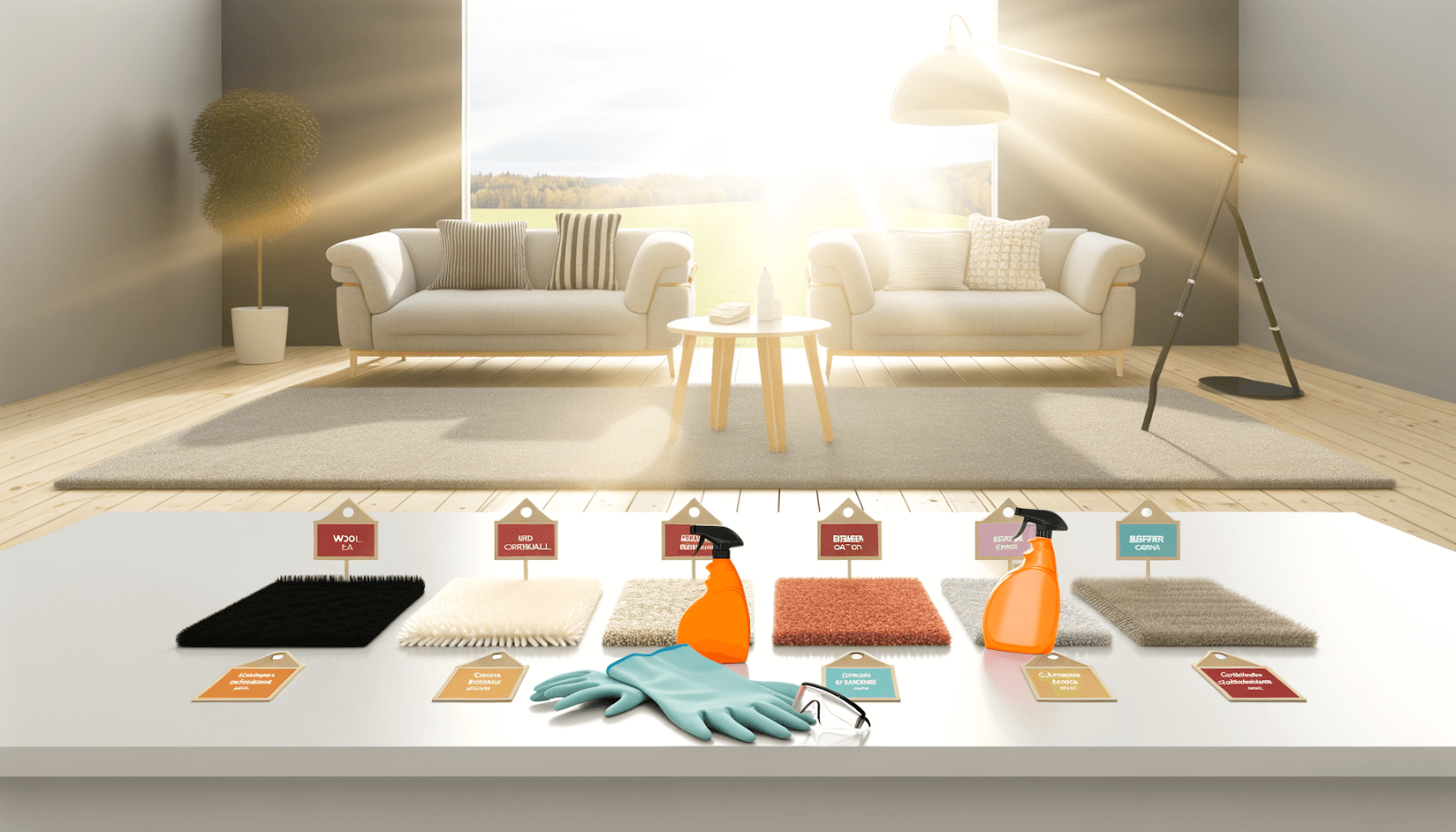
How to Choose the Right Carpet Cleaning Chemical for Different Carpet Types
G’day folks! If you've ever found yourself staring down at a carpet stain, you know the frustration all too well. But hey, fret not! Today, we'll unravel the mysteries of carpet cleaning chemicals and help you choose the right one for your carpet type. Let's jump right into it with a focus on safety, effectiveness, and best practices.
Understanding Carpet Types
Before we dive into the world of chemicals, it’s crucial to know a bit about different carpet types. Not every carpet is made equal, and understanding your carpet material can make a world of difference when it comes to cleaning.
- Wool Carpets: Wool is natural, durable, and has a luxurious feel. However, it’s sensitive to overly harsh chemicals and needs delicate handling.
- Synthetic Carpets: Materials like nylon, polyester, and olefin are common. They’re more stain-resistant and tend to handle a variety of cleaning agents well.
- Berber Carpets: Typically made from wool or nylon, Berber carpets have looped fibers that can trap dirt. They require a cleaner that can penetrate these loops effectively.
- Cotton Carpets: Soft yet less common, cotton is absorbent and can be prone to shrinking. Gentle cleaning agents are needed here.
Choosing the Right Carpet Cleaning Chemical
It’s time to match the chemical to the carpet! Finding the right carpet cleaning chemical isn't just about stain removal; it's about preserving your carpet's life and vibrancy. Below are some common cleaning agents and how they fit with various carpet types.
Understanding Carpet Cleaning Chemicals
When cleaning your carpets, the chemicals used play a pivotal role in both effectiveness and safety. Here’s a run-down of common chemicals and the best practices for their use.
- Perchloroethylene (Perc): Often used in dry cleaning and spot removers. Be cautious with wool carpets due to the potential for dizziness and nausea from fumes. Ideal for synthetic carpets only if necessary.
- Naphthalene: Effective as a solvent and deodorizer. Use sparingly and with caution since it may cause respiratory issues. Suits hardy synthetic fibres better than delicate ones.
- Sodium Hydroxide (Lye): A heavy-duty cleaner. Works wonders on tough stains on synthetic carpets but can be too harsh for wool or cotton.
- Ammonia: Great for stain removal; however, it can cause irritation, needing good ventilation. Suitable for robust carpet types but test it out on wool.
- Butyl Cellusolve: Dissolves grease effectively. Suitable for synthetics but can cause irritation, so heed caution with usage.
- Quaternary Ammonium Compounds (Quats): These serve as disinfectants. They may suit a synthetic carpet well, but always ventilate the area properly as there might be slight odours.
- Formaldehyde: Often found in deodorisers. Its carcinogenic properties make it unsuitable for wool and cotton, leaning more towards use in industrial settings.
- Natural Options like D-Limonene: Citrus-based and safer but still requiring caution. Best for stubborn stains without harsh chemicals, particularly for more sensitive carpets like wool.
Eco-Friendly and Non-Toxic Cleaners
For those who are environmentally conscious or have health concerns, consider alternative solutions:
- Plant-Based Enzymes: Safe and effective for breaking down organic stains on almost any carpet type.
- Oxygen-Based Cleaners: Use oxygen to lightens stains and are generally suitable for most carpets.
- Vinegar-Based Solutions: Perfect for natural fibre carpets like wool or cotton without leaving behind harmful residues.
Application Tips for Different Carpets
Even if you've got the right chemical, method of application matters just as much. Here are tailored tips for each carpet type:
For Wool Carpets
Use a gentle pH-balanced cleaner and avoid soaking. Always blot stains instead of rubbing, and test in a small area first.
For Synthetic Carpets
These can handle stronger cleaners. Use a carpet shampooer or steamer with your chemical of choice, but double-check the manufacturer's guidelines first.
For Berber Carpets
Avoid overly soapy solutions that can linger in loops. Use a low-moisture cleaner to avoid trapping dirt.
For Cotton Carpets
Be cautious with water and heavy soaking. Stick to spot treatments with natural cleaners.
Safety Considerations
Handling chemicals requires caution. Here’s what I recommend from my own experience:
- Wear gloves and protective eyewear.
- Ensure your workspace is well-ventilated to prevent inhalation of fumes.
- Store chemicals responsibly — out of reach from children and pets.
- Dispose of chemicals properly to avoid environmental contamination. Seek out local disposal facilities if unsure.
Remember, keeping your carpet clean isn't just about appearances — it's about maintaining a healthy home environment. So choose wisely and tread gently. Happy cleaning!
